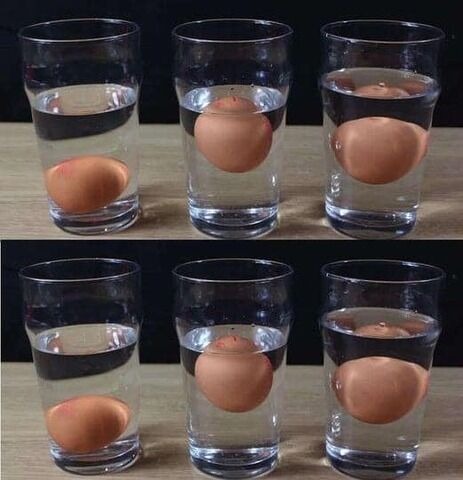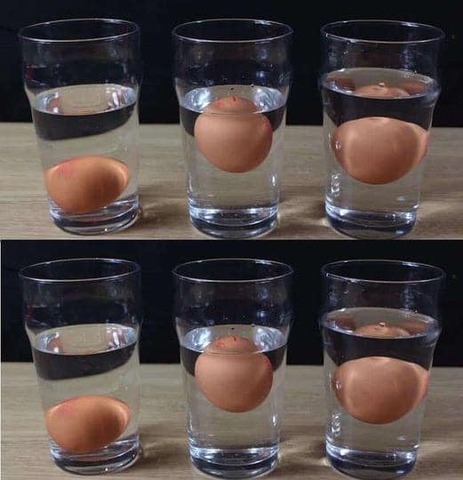
Eggs are a staple in many households, cherished for their versatility and nutritional value. However, knowing whether an egg is fresh or spoiled is crucial for both taste and safety. Consuming a spoiled egg can lead to foodborne illnesses, making it essential to know how to test their freshness. Let’s explore several reliable methods to determine the state of an egg.

1. Using the Float Test
This time-honored method is simple and effective for assessing egg freshness:
Fill a bowl with water and gently place the egg inside. Fresh eggs will sink to the bottom and lie flat. If the egg stands upright or floats, it indicates the egg has aged and may not be fresh.
Why It Works:
Eggshells have tiny pores that, over time, allow air to enter. Fresh eggs contain minimal air, which keeps them denser. In contrast, older eggs accumulate air which helps them float.
2. The Sniff Test
Sometimes, a simple sniff is all you need:
Crack the egg open into a bowl and give it a good whiff. Fresh eggs have a neutral smell, while spoiled eggs emit a noticeable, unpleasant odor.
Note:
Always wash your hands and any surfaces the egg has contacted to prevent bacteria spread or contamination.
3. The Shake Test
Another quick test is to give the egg a gentle shake:
Hold the egg close to your ear and shake it gently. If you hear a sloshing sound, that’s a sign the egg might be too old. Fresh eggs won’t make much noise because their yolks and whites are more intact and less liquid.
Why It Works:
As eggs age, the consistency of the yolk and whites breaks down, making them move more freely inside the shell.